It wasn’t supposed to be this way. When Mike Greene took over the 130-strong Morrisons c-store estate in September, he was brimming with enthusiasm about the potential. Less than a year later, My Local is teetering on the edge of administration with 1,658 staff facing the axe. How did it all go wrong?
Location, location, location
Despite Greene’s protestations that there was no such thing as a bad store location and that it was all about tailoring the offer and range to different areas, many retailers had passed on the opportunity to buy these stores even before they came into Morrisons’ hands. The Grocer understands getting rid of the c-stores was one of the first decisions David Potts made after becoming Morrisons CEO last year and he approached Greene, who he had known for a long time. Greene said he felt his team could make a better job of running the business, as he would be able, unlike Morrisons, to focus his entire energies on My Local. However in the week that news of the deal broke, Potts seemed to indirectly give a rather damning verdict on the sites. When asked about convenience he said: “Perhaps if you grow organically you can make it work. I think all the best sites have now been taken so you end up paying toppy rents.”
First impressions count
My Local got off to a chaotic start, not all of which was of its own making. The plan was to take control of the sites at midnight on 26 October, with Morrisons emptying stores of its unsold own-label stock up to 6pm the day before. However after the two parties failed to agree a price for the rest of the stock, Morrisons ended up emptying the stores completely. This left My Local with an enormous headache and, despite the best efforts of the team, main supplier Nisa and other direct suppliers, there was no way of filling shelves to a level desirable for the grand opening.
Fearing it would lose customers, My Local decided to push forward as best it could. Just 19 stores opened on the Monday morning as scheduled, 60 were open by lunchtime, 90 opened for business the following day, and the full store estate was not open until Wednesday. But while the stores opened their doors the biggest problem was availability: huge gaps on shelves persisted well into the following week. Greene said at the time he would rather customers came in so staff could explain what was happening and the reason for the issues as a way of starting a conversation about the new business than risk losing their custom, but he admitted at the My Local conference in February this difficult birth had put it on the back foot and contributed to a £25m sales shortfall versus what Morrisons had achieved.
Price and quality
At the suppliers’ conference Greene also spoke about how the quality of fresh produce from Nisa had not been of the same quality as that provided by Morrisons, while trading director Neil Turton admitted it was struggling to match the previous prices, particularly for key meal deals. While it was taking steps to address these issues the damage appears to have been done in those first few months of trading. “If you don’t get it spot on at the beginning you are stuffed,” explains one senior retailer source. “You have to get your prices right for the customer on day one even if you have to take a hit on margin and try and make it work from there. You can’t do it backwards.”
What now?
Greene’s recipe for success was based around five-f’s: fresh produce, full availability, fair pricing and fast and friendly service. Based on the myriad Twitter updates from My Local stores, friendly service has remained a cornerstone throughout. But the f-word that best describes the outcome is fail. Hopefully Morrisons can live up to its pledge to find roles for its former colleagues in its operations should what is looking like the inevitable administration come to pass.
Sign in to comment on this article
Not logged in before? Register for FREE guest access today.
You will be able to:
- Read more stories
- Receive daily newsletters
- Comment on stories
Advert







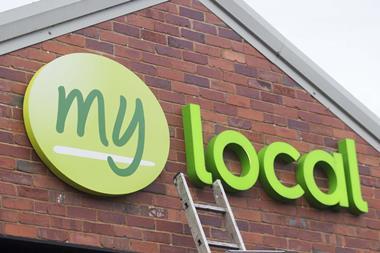
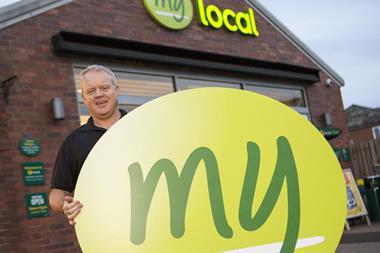
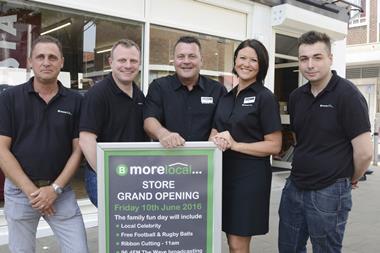
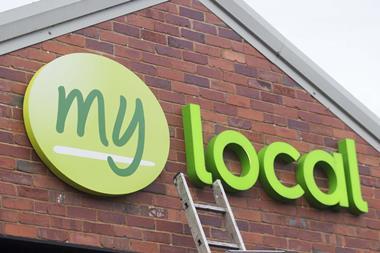
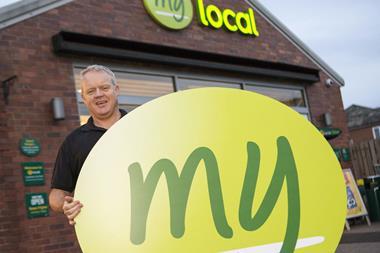
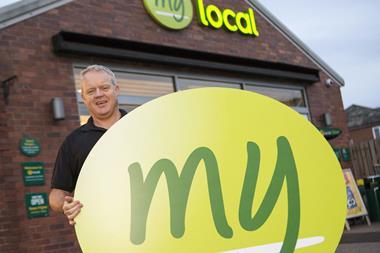






No comments yet